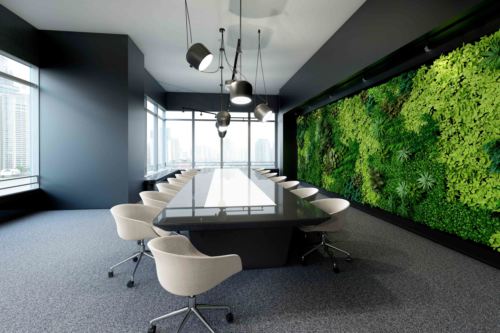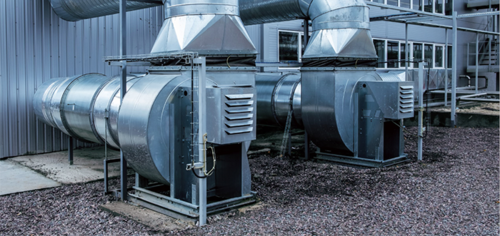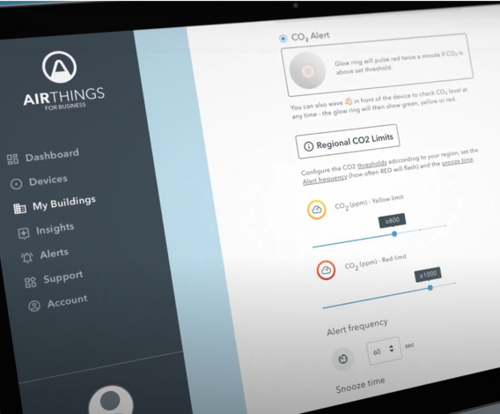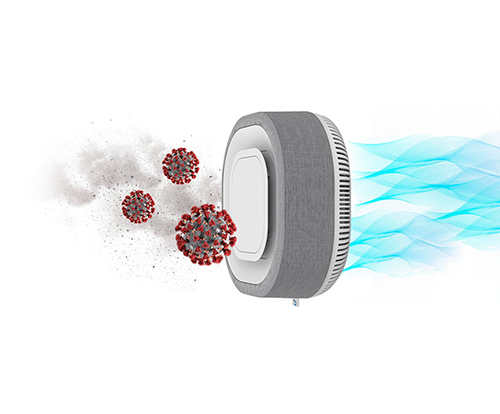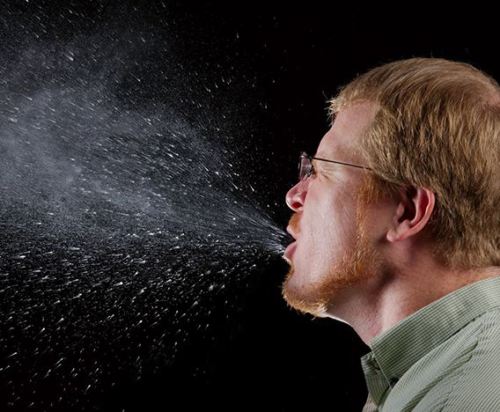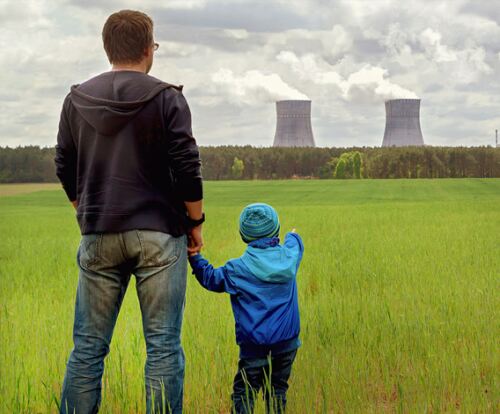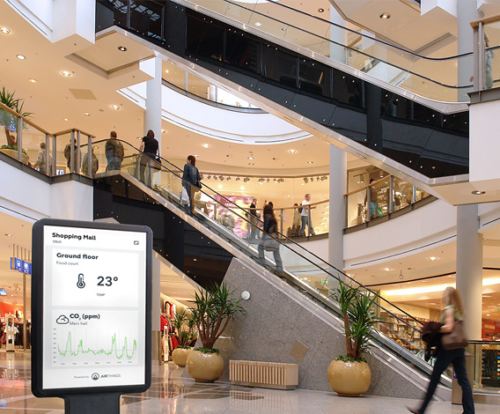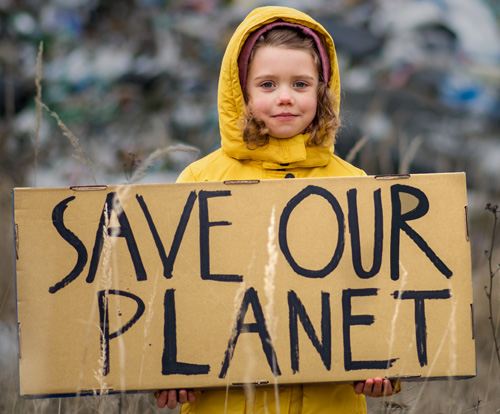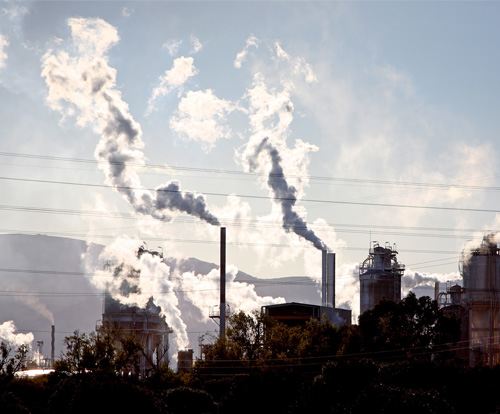
Other indoor biological pollutants
Airborne biological contaminants are mostly caused by poor environmental conditions that can be easily monitored and improvements made. Recent research demonstrates that temperature, simulated sunlight, and humidity can all influence the decay of infectious SARS-CoV-2 in aerosols.
 Humidity
Humidity
Humidity is the concentration of water vapour in the air. When levels are too high, condensation and the growth of mould occur leading to damage to the fabric of the building and causing significant health risks. Low humidity levels cause static electricity, dry skin and increase the transmission of infectious diseases. It is generally recommended that relative humidity (RH) be between 40 and 60 percent in most buildings.
 Temperature
Temperature
The temperature in a building affects mood, comfort level, and alertness. A temperature of 19 to 22°C helps to ensure the comfort of building occupants, is intrinsically linked to relative humidity and reduces the risk of virus transmission.
 Air pressure
Air pressure
Air pressure is the force exerted by air molecules as they press down on surfaces around them. It can affect the comfort and wellbeing of building occupants and changes in air pressure may cause joint pain, headaches, and migraines. Indoor air escaping from a building can affect pressurisation, as will outdoor air entering the building, causing changes in indoor air quality, thermal comfort, HVAC efficiency, building energy costs and more.
Biological contaminants
 Biological contaminants include pollen, bacteria, moulds, mildew, viruses and animal dander to name but a few. In addition, the protein in urine from rats and mice is a potent allergen. Contaminated HVAC systems can become breeding grounds for mould, mildew, and other sources of biological contaminants and can then distribute these contaminants throughout the building, so a regular robust maintenance and cleaning regime that includes all ducting is crucial.
Biological contaminants include pollen, bacteria, moulds, mildew, viruses and animal dander to name but a few. In addition, the protein in urine from rats and mice is a potent allergen. Contaminated HVAC systems can become breeding grounds for mould, mildew, and other sources of biological contaminants and can then distribute these contaminants throughout the building, so a regular robust maintenance and cleaning regime that includes all ducting is crucial.
 Viruses
Viruses
Viruses such as flu, common cold or Covid, are transmitted through larger respiratory droplets, expelled when an infected person talks, breathes, or coughs, and is also passed on through miniscule respiratory droplets called aerosols. These aerosols remain suspended in the air, building up in poorly ventilated spaces and spreading infection. Research shows that respiratory aerosols account for 90% or more of Covid-19 transmission.
 Mould
Mould
Mould is a microscopic fungus that thrives in damp, warm conditions. Some moulds have beneficial products such as yeasts and penicillin, while others live off items of food and building materials, which can lead to property damage and serious health issues. Mould needs moisture to grow, so the humidity levels in buildings should be monitored and controlled. It is recommended that relative humidity (RH) should be between 40 and 60 percent. Mould spores are invisible to the naked eye, but in the right temperature, moisture, and nutrient conditions they form new visible mould colonies. Improved ventilation in a building usually prevents the growth of mould.
 Pollen
Pollen
Most pollen that causes allergic reactions comes from trees, grasses, and weeds. These plants make small, light, and dry pollen grains that travel on the wind. As they are airborne they can enter indoor spaces through windows and doors and find their way into your eyes, nose, and lungs, causing hay fever symptoms if you have a pollen allergy. In addition, outdoor mould spores can also trigger allergy symptoms and are usually prevalent in spring and autumn. Both pollen and mould spores can be filtered out of the air indoors using high grade filtration units in mechanical ventilation systems or by using air purifiers with HEPA13 filters.
 Animal allergens
Animal allergens
Exposure to animal allergens is a major risk factor in the development of allergic diseases such as asthma, allergic rhinitis, conjunctivitis, and atopic dermatitis. Allergens from mammals easily become airborne, attach to clothing and hair, and can be spread from one environment to another with some remaining suspended in the air for extended periods of time. Like pollen these allergens can be filtered from the air with high grade filters although surfaces must be cleaned daily.
 Dust mites
Dust mites
Dust mites are microscopic, insect-like pests that feed on dead human skin cells and thrive in warm, humid environments. People who are allergic to dust or dust mites react to inhaling proteins in dust that comes from dust mite faeces, urine or decaying bodies. Dust mites occur naturally and are present in nearly all homes. High humidity is responsible for high concentrations of dust mites as the mites do not drink water but absorb moisture from the air. Lowering humidity levels in the home, washing bedding at high temperatures, and vacuuming regularly using a vacuum with a HEPA filter can significantly reduce dust mites.
The role of HVAC systems
 HVAC and other types of mechanical ventilation system have the ability to significantly improve health and wellbeing in a building by replacing stale air with filtered outdoor air.
HVAC and other types of mechanical ventilation system have the ability to significantly improve health and wellbeing in a building by replacing stale air with filtered outdoor air.
However, research shows that pathogens in HVAC systems can pose a significant risk to public health, especially among immunocompromised individuals.
HVAC systems have been proven to spread airborne infections in indoor environments and must be regularly cleaned and disinfected to avoid the build-up of pathogens, and subsequent exposure to building occupants. The filters should be regularly cleaned and replaced and the ducting also thoroughly disinfected. Some modern systems include ultraviolet germicidal irradiation, or UVGI, that kills micro-organisms using UVC light.
Latest Articles
The business risks emerging from the global COVID-19 pandemic
Read More >Why indoor spaces have a higher risk of virus transmission
Read More >Enhance HVAC performance, improve energy efficiency and reduce emissions
Read More >High absenteeism and reduced wellbeing
Read More >How does air quality affect your business
Read More >What the experts say
Read More >Risk indicators and monitoring
Read More >Ventilation and filtration
Read More >Transmission & Prevention
Read More >The History of Air Pollution
Read More >Ambient Air Pollution
Read More >Indoor air pollution & the indoor generation
Read More >Climate change and the climate emergency
Read More >What’s in the air we breathe outdoors?
Read More >What’s in the air we breathe indoors?
Read More >How air pollution affects our lives
Read More >